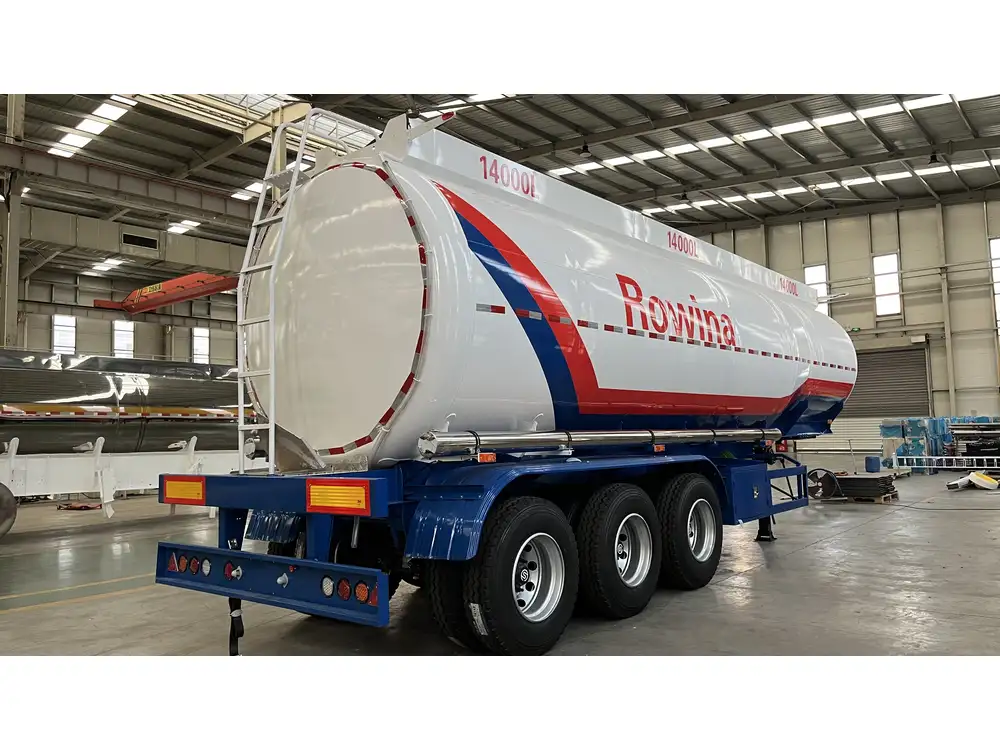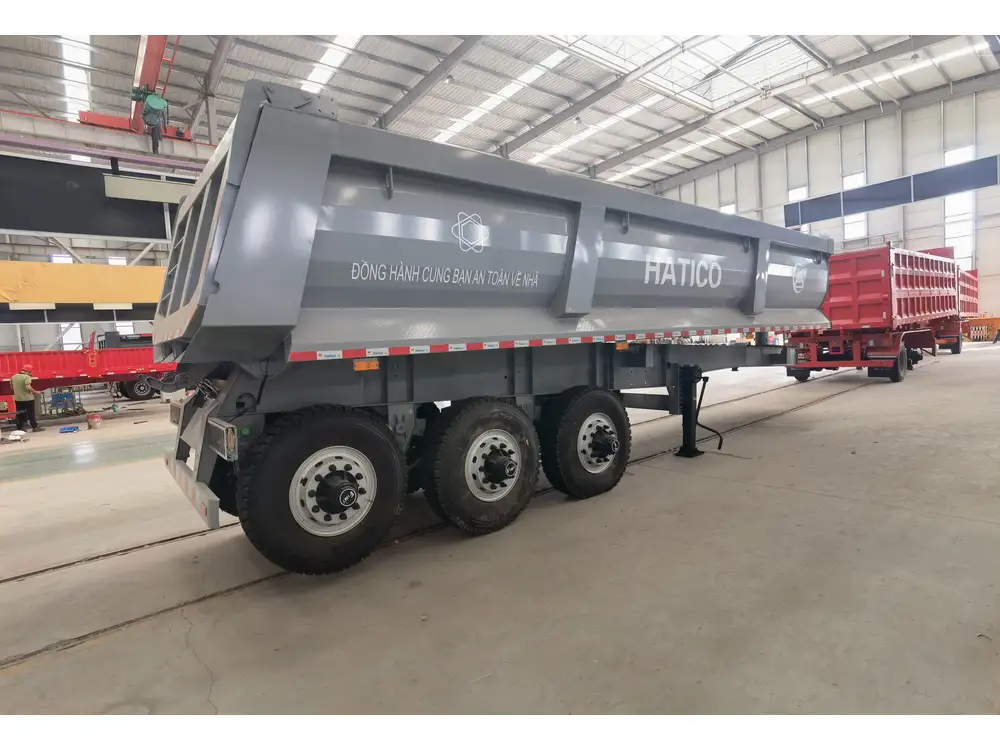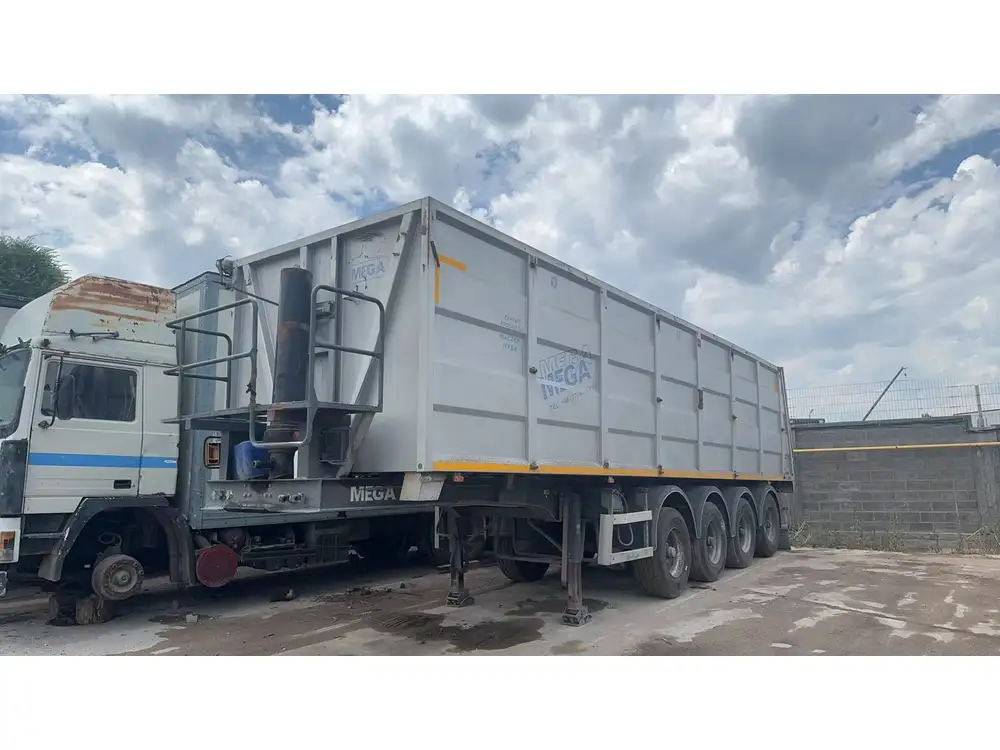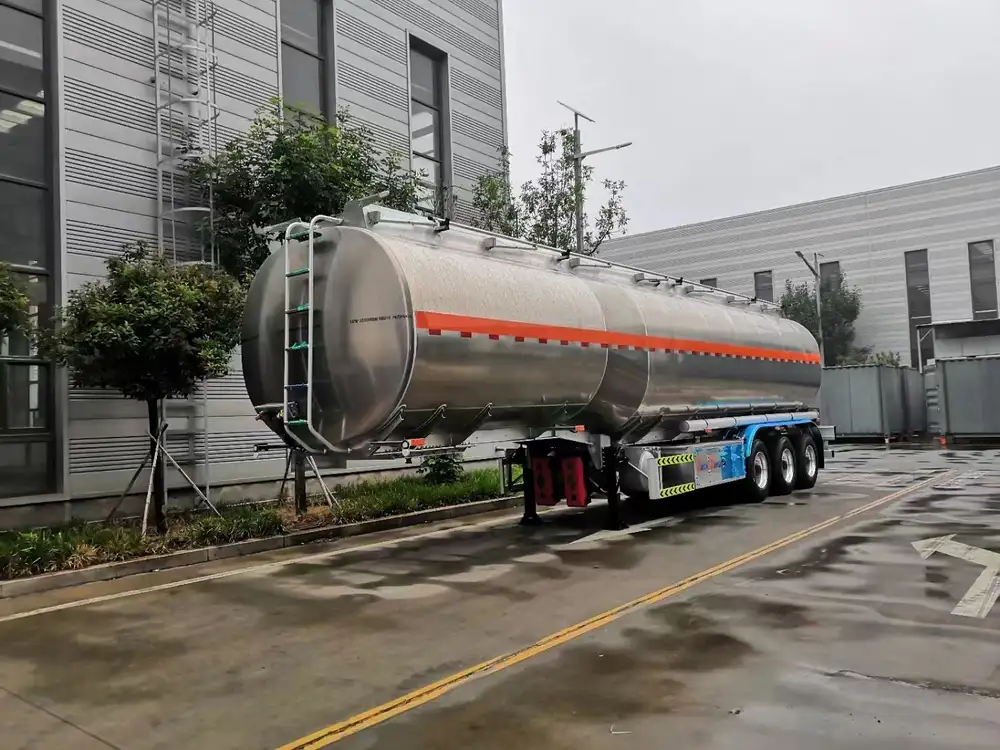When it comes to pairing the right dump trailer with the robust Ford F250, several key considerations come into play. The ultimate goal is to optimize performance, ensure safety, and address utility needs effectively. This article dissects the critical factors influencing your selection process, examining specifications, capacity, and specific use cases tailored to the Ford F250’s capabilities.
Understanding the Ford F250 Specifications
The Ford F250 is designed as a workhorse, providing exceptional towing capacity and payload capabilities. To enable optimal performance with a dump trailer, comprehend the following specifications:
| Attribute | Details |
|---|---|
| Towing Capacity | Up to 20,000 lbs (with proper equipment) |
| Payload Capacity | Approximately 3,500 to 4,500 lbs |
| Engine Options | 6.2L V8, 7.3L V8, 6.7L Power Stroke Diesel |
| Drivetrain | RWD or 4WD |
These specifications highlight the importance of selecting a compatible dump trailer that falls within the towing and payload limits of your F250 for safety and efficiency.
Key Considerations for Choosing the Right Size Dump Trailer
When determining the appropriate size for a dump trailer to hitch onto your F250, several considerations are paramount:

1. Trailer Weight and Load Capacity
The weight of the trailer itself plays a critical role in calculating your overall towing capacity. Generally, the trailer weight, combined with the load you’re intending to carry, must not exceed the F250’s towing specifications.
- Dump Trailer Weights: Most dump trailers weigh between 3,000 to 5,000 lbs.
- Load Capacity: Typical load capacities range from 5,000 lbs to 10,000 lbs, depending on the model and design.
It is essential to find a balance; a heavier trailer may limit the amount you can load, whereas a lighter trailer could afford a more comfortable load.
2. Dump Trailer Dimensions
The dimensions of the dump trailer will dictate what you can haul. Generally recognized sizes include:
| Size (ft) | Estimated Capacity (yards) | Typical Load (lbs) |
|---|---|---|
| 5×10 | 2 | Up to 5,000 |
| 6×12 | 3 | Up to 7,000 |
| 7×14 | 4 | Up to 8,000 |
| 8×16 | 5 | Up to 10,000 |
These measurements indicate that while smaller trailers are easier to maneuver and can be suited for lighter loads, larger trailers would be necessary for construction projects or significant landscaping jobs.
3. Hitch and Weight Distribution
For safe towing, the compatibility between the trailer hitch and the Ford F250 is crucial. Ensure the following:
- Hitch Class: The F250 commonly utilizes a Class V hitch, capable of handling trailers with over 10,000 lbs of weight capacity.
- Weight Distribution Systems: Consider using a weight distribution hitch to evenly distribute the weight and ensure stability while towing. This helps in maintaining steering control and braking efficiency.

4. Material and Build Quality
The material and construction quality of trailers vary widely and may significantly influence the decision-making process:
- Steel vs. Aluminum: Steel trailers typically offer durability for heavy loads and rough use, whereas aluminum trailers are lightweight and resist corrosion, enhancing overall lifespan.
- Tilt vs. Conventional: Tilt trailers provide easier loading if you frequently haul heavy machinery, while conventional trailers might suit standard bulk material transport better.
Analyzing Use Cases for Dump Trailers with Ford F250
Understanding the typical uses of dump trailers is essential to determine the right size and type:
Landscaping and Agricultural Uses
For landscaping and agricultural applications, a smaller size dump trailer, typically around 5×10 or 6×12, suffices. These smaller trailers provide ample capacity for soil, mulch, and other landscaping materials while maintaining an easy-to-handle size.

Construction and Debris Removal
Heavy-duty tasks like construction site cleanup, demolition debris transport, or material hauling necessitate larger dump trailers, often 7×14 or 8×16. These trailers are better equipped to manage substantial loads, keeping in mind that payload does not exceed your F250’s limits.
Recreational Uses
For recreational applications—like hauling firewood, camping gear, or other outdoor equipment—a mid-sized dump trailer (6×12 or similar) can suffice without burdening the F250’s towing capacity.
Trailer Weight Calculation Examples
To illustrate how to determine the appropriate dump trailer size, consider these examples based on hypothetical loads:
Landscaping Load Scenario
- Total Load Weight: 3,000 lbs of mulch
- Dump Trailer Weight: 2,000 lbs
- Total Weight: 5,000 lbs
- Compatible Trailer Size: A 5×10 trailer is sufficient.
Construction Load Scenario
- Total Load Weight: 7,500 lbs of debris
- Dump Trailer Weight: 4,000 lbs
- Total Weight: 11,500 lbs
- Compatible Trailer Size: An 8×16 trailer recommended, provided the tongue weight is managed effectively.

Managing Trailers and Loads Safely
Once you’ve honed in on the right size dump trailer, adherence to safe towing practices is critical:
- Check Trailer Brakes: Ensure the brakes are in working order, especially essential for larger loads.
- Mirrors and Visibility: Attach extended side mirrors to your F250 to help track the trailer during turns and maneuvers.
- Load Distribution: Secure loads evenly to prevent swaying and ensure safe braking distances.
Conclusion
Choosing the right size dump trailer for your Ford F250 is a multi-faceted decision involving various components. By understanding the truck’s specifications, assessing intended uses, and calculating weight capacities, you can make an informed choice that ensures safe and efficient transport of materials. Whether for landscaping, construction, or recreational purposes, selecting the proper trailer size tailored to your F250 will ultimately enhance performance while promoting safety on the road.



